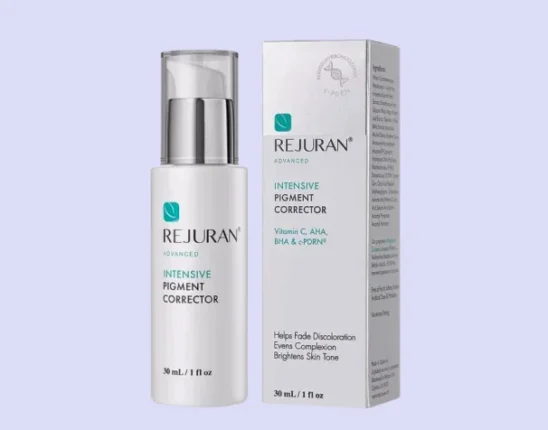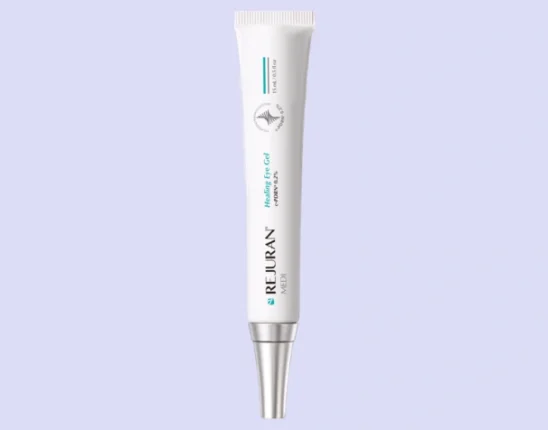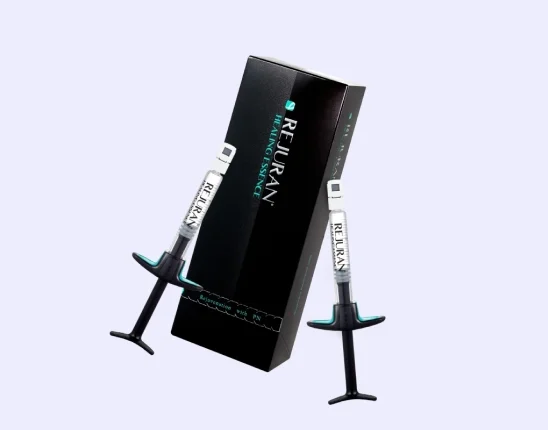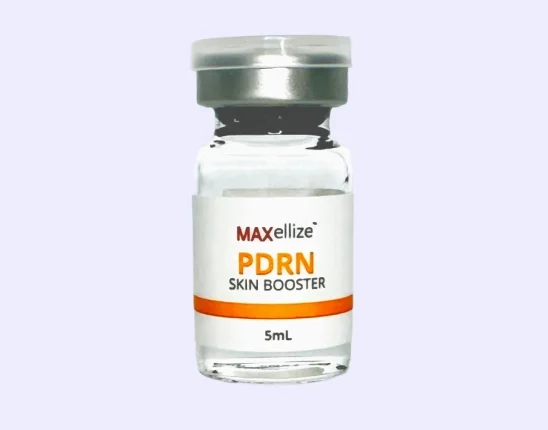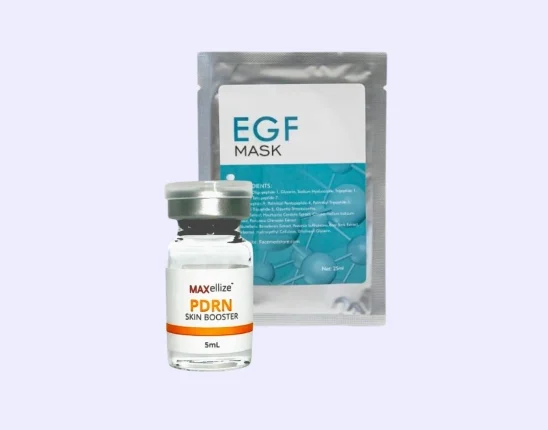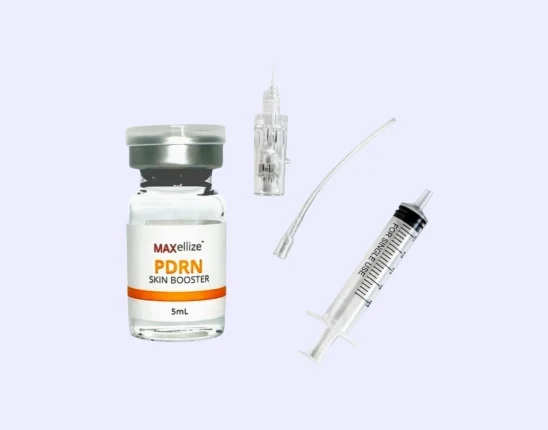FGF(Fibroblast Growth Factors) incites hair growth and are involved in the management of hair morphogenesis and the hair growth cycle. A recent study investigated the hair growth-promoting liveliness of three approved growth factor drugs, fibroblast growth factor 10 (FGF-10), acidic fibroblast growth factor (FGF-1), and basic fibroblast growth factor (FGF-2), and the method of how they all acted.
A Rise In Hair Loss
Hair is deemed an accessory structure of the integument along with oil glands, sweat glands, and nails. Hair follicle formation needs the intricately managed regulation of apoptosis, proliferation, and differentiation. Hair follicles are mini-organs that, during postnatal life, cycle through periods of anagen (growth phase), catagen (regression phase), and telogen (resting phase).
Hair loss is regularly not a life-threatening event; however, it can severely impact one’s life. The number of patients suffering from hair loss has risen in the past few years. Some of these individuals deal with a hit to their self-esteem, confidence, and vitality.
Does FGF Stimulate Hair Growth?
Fibroblast growth factors have potential application in hair growth. The study that this article is based on tested their results on rats.
To assess the hair growth potential of FGFs, they topically applied FGF-1, FGF-2, and FGF-10 on shaved mice. Each week they would determine the amount of hair growth based on the color of the skin.
At two weeks, three FGFs produced black coloration in the shaved skin of the mice. FGF-10 group expressed the most black coloration, while very less visible hair growth and black coloration were observed in the control group.
At three weeks, the FGFs group showed increased hair growth, and FGF-10 stimulated hair growth over 50% of the shaved area.
At four weeks, they observed that hair growth from FGF-1 and FGF-2 was only happening in select areas. However, the control group showed less hair growth.
To confirm that FGFs promoted hair growth, they measured the length of 10 hairs plucked from each mouse at 2, 3, and 4 weeks. The length and strength of hairs in FGF-10, FGF-1, and FGF-2 treated group was remarkably longer than that of the control group, and FGF-10 had the most vigorous activity of hair growth.
Pepfactor is created from the start with the purpose of magnifying Fibroblast. FGF directs a range of multiple biological functions, including cellular proliferation, durability migration. FGF is also responsible for the regeneration of tissue, including skin and hair follicles. Facemed’s Pep factor utilizes every facet of FGF to ensure optimal results.
Results
FGF increased the number and the size of hair follicles during anagen phase induction. An improvement in the number of hair follicles is an indicator for the transition of hair growth from the telogen to anagen phases. The hair in FGF-10, FGF-1, and FGF-2 treated group appeared much more soon than those in the control group. While the number of hair follicles of the relative area in FGFs managed group was greater than in the control group, topical application of FGF-10 showed the maximum amount of hair follicles as compared to FGF-1 and FGF-2 groups.
